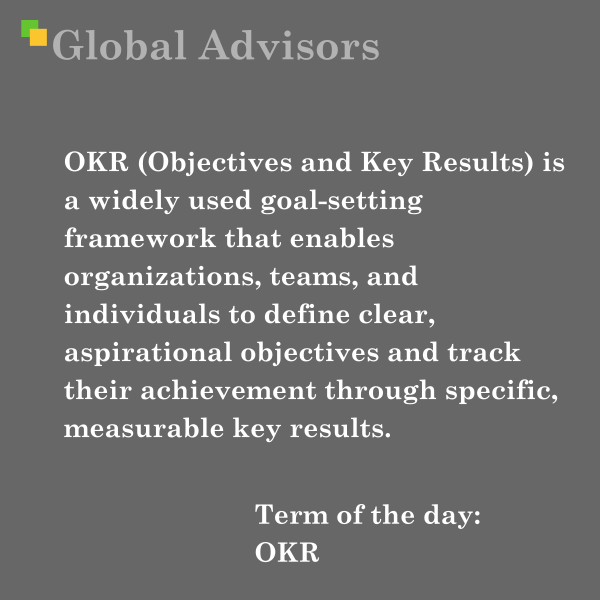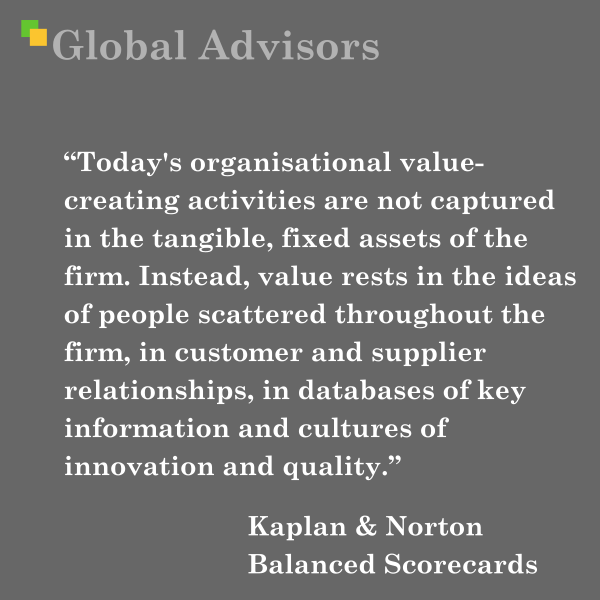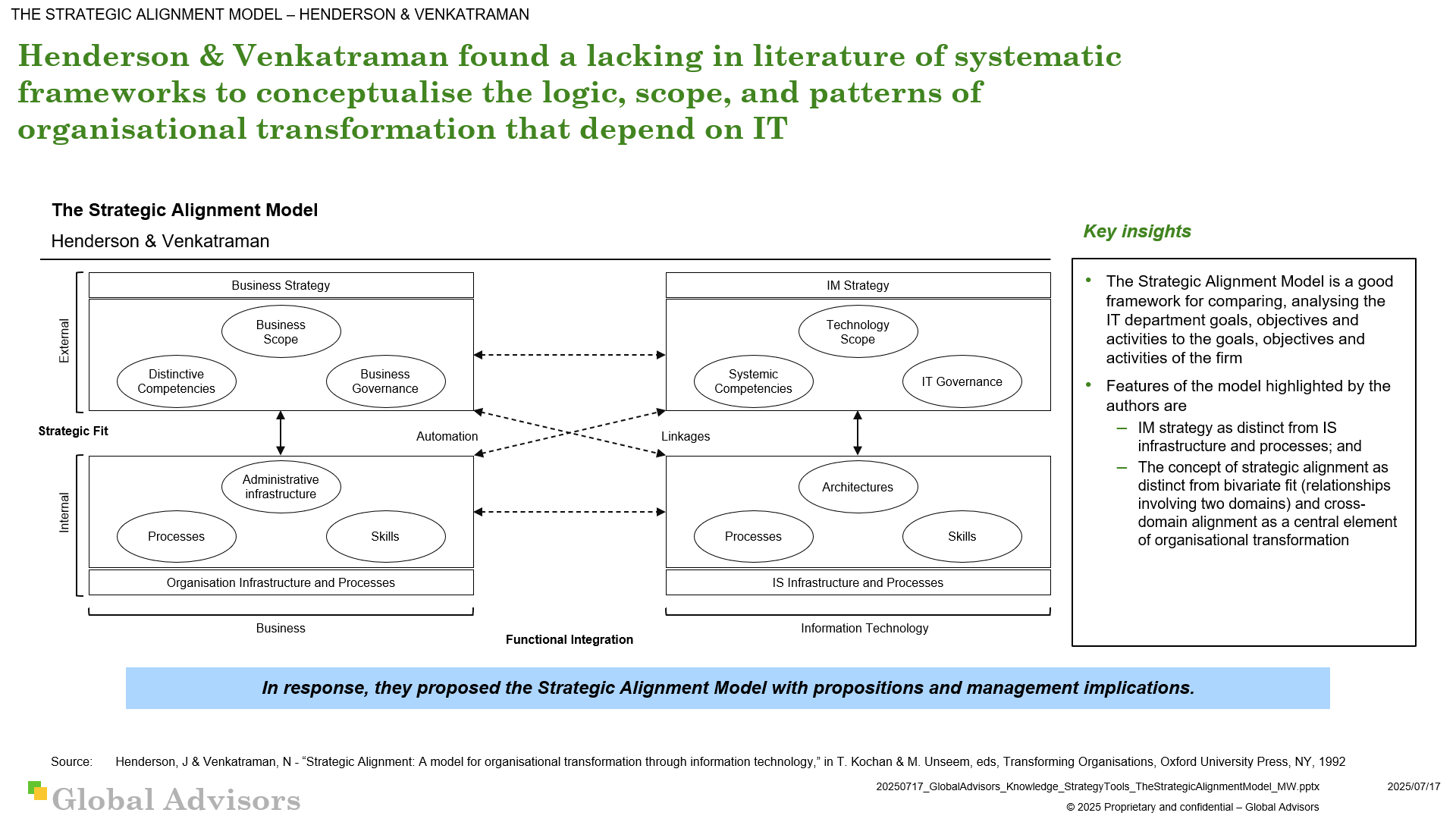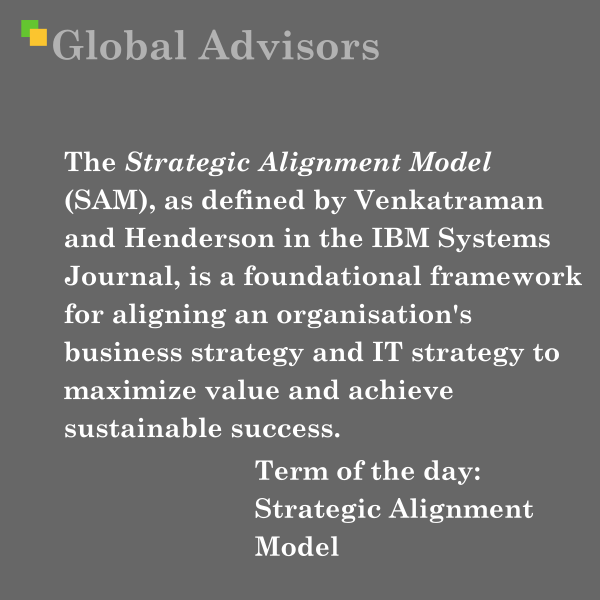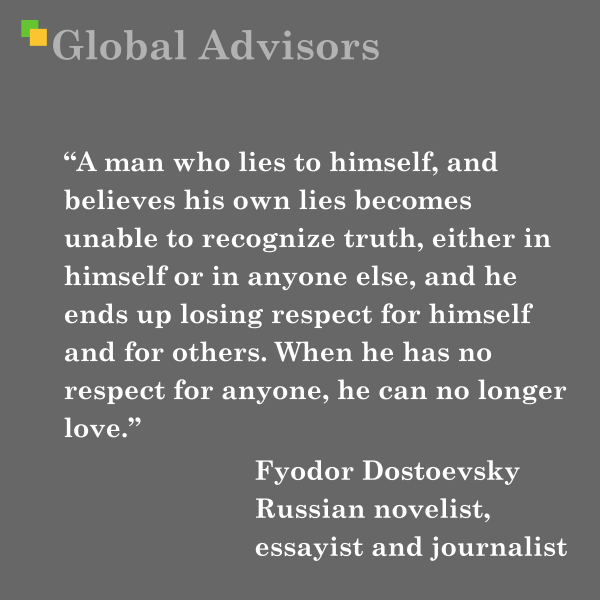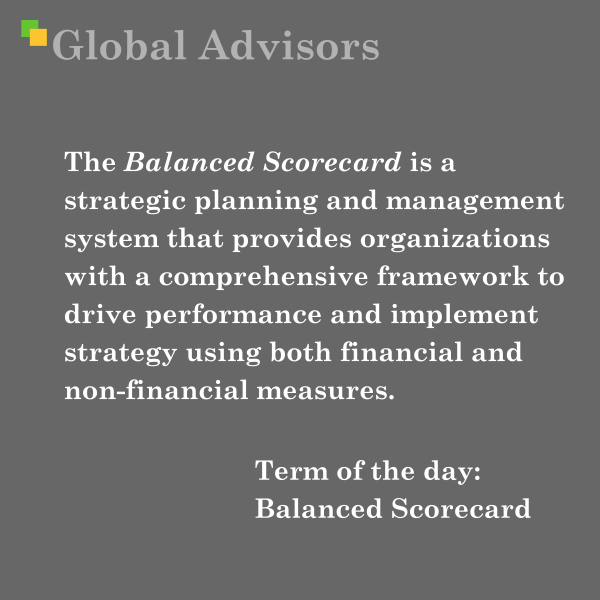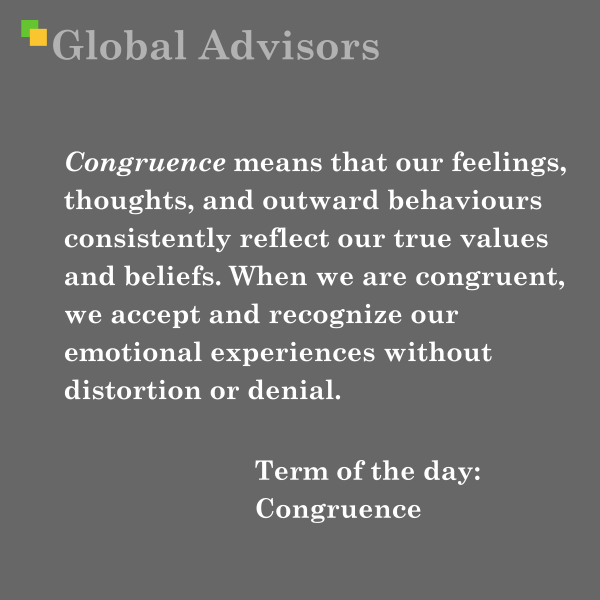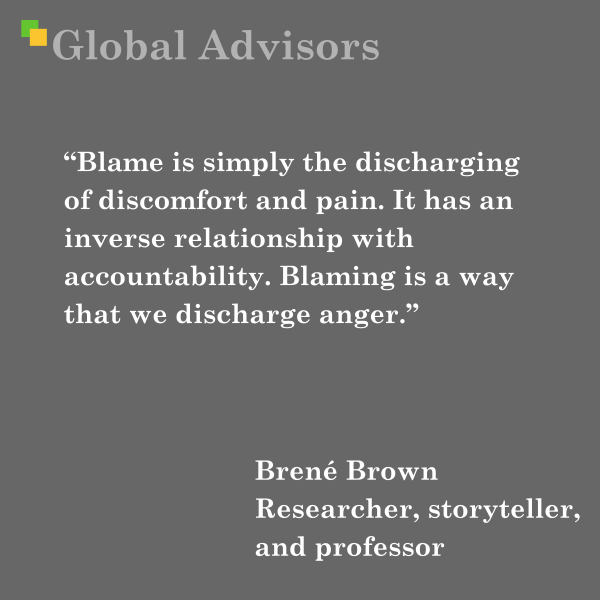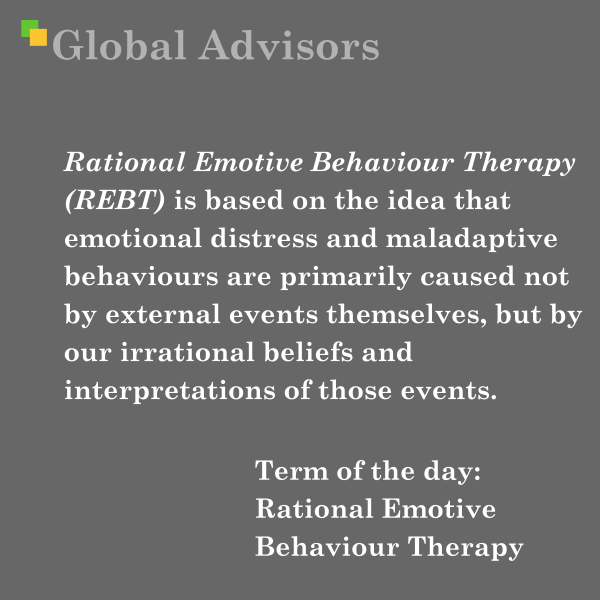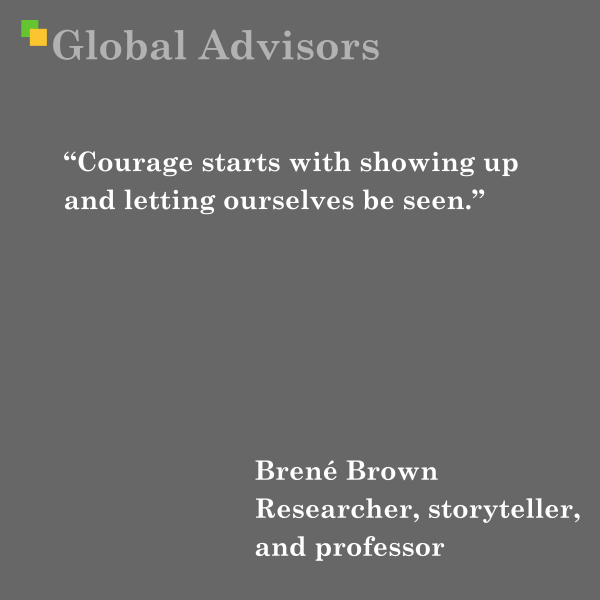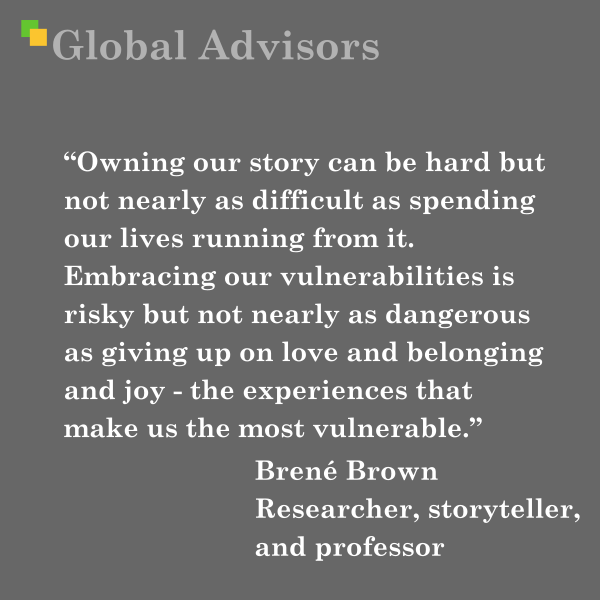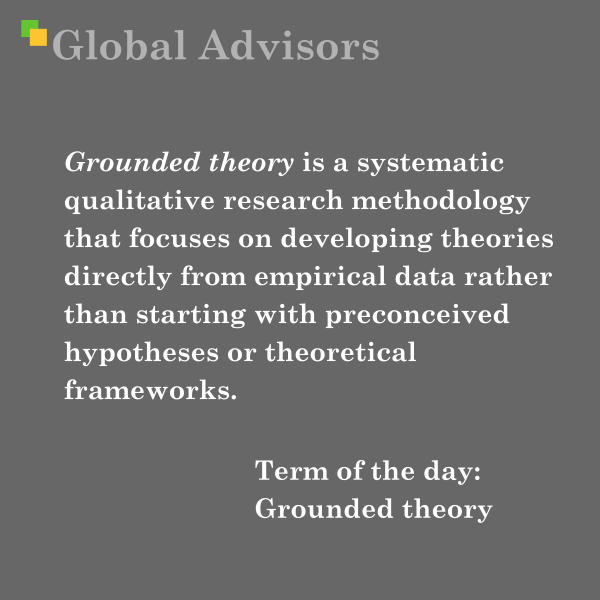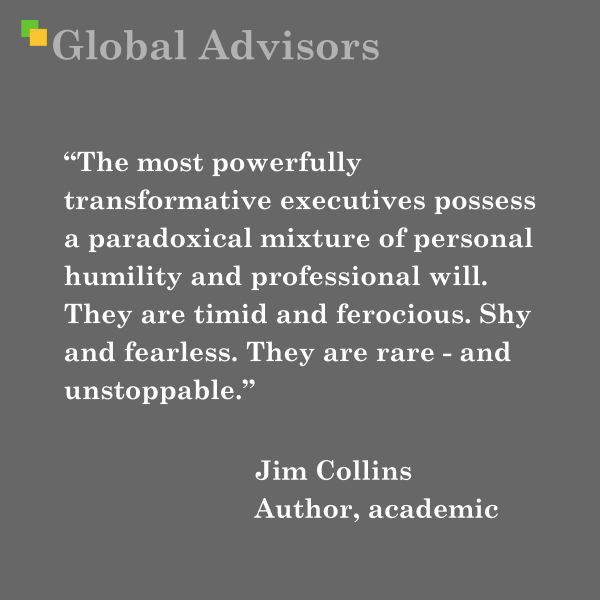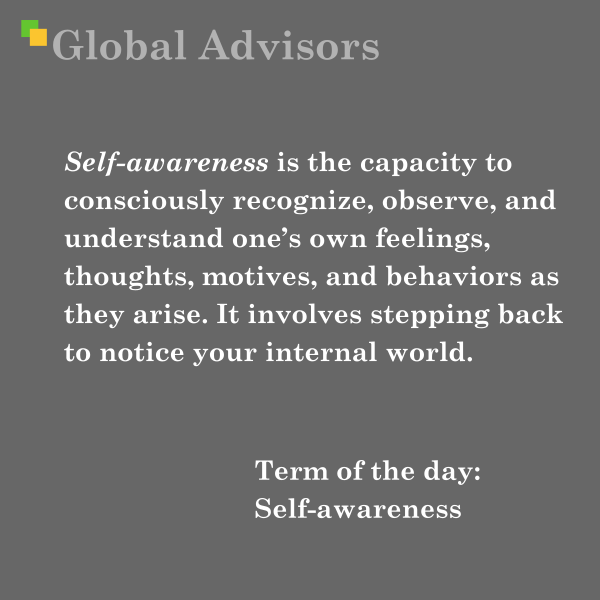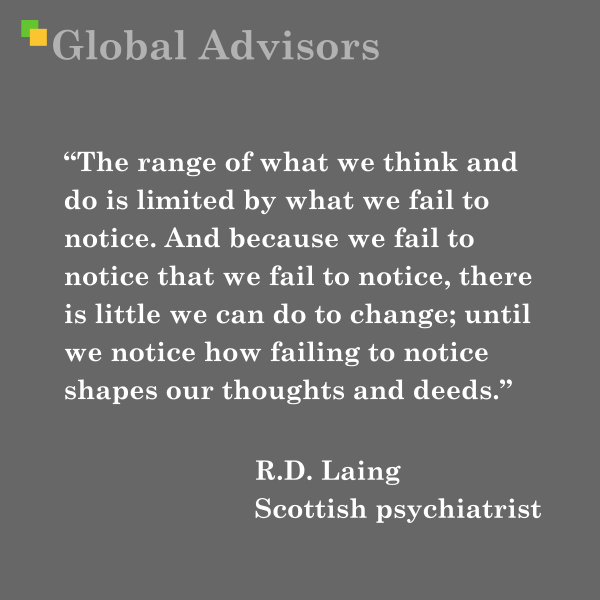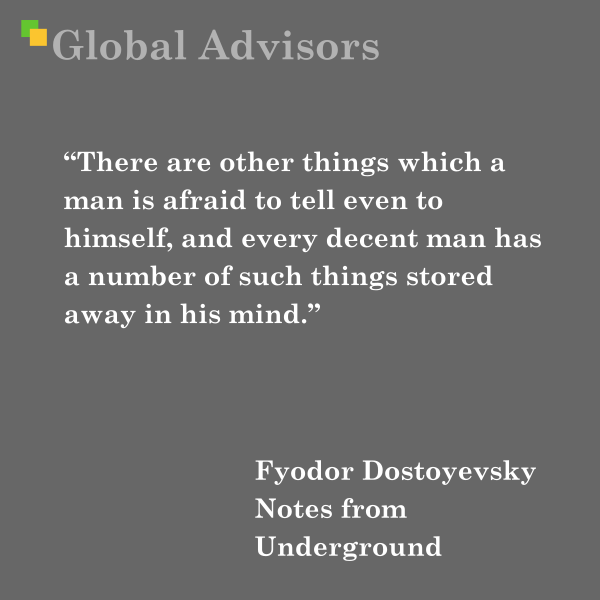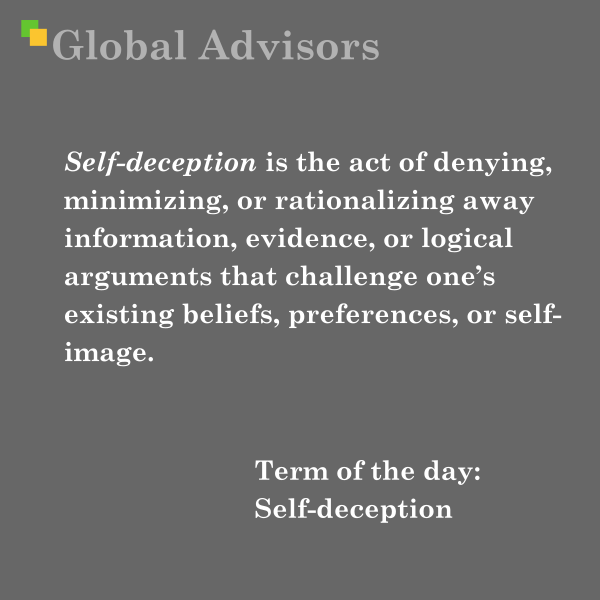OKR (Objectives and Key Results) is a widely used goal-setting framework that enables organizations, teams, and individuals to define clear, aspirational objectives and track their achievement through specific, measurable key results. This approach is designed to bridge the gap between strategy and execution, ensuring that high-level organizational vision gets translated into actionable, quantifiable outcomes.
An OKR consists of two main components:
-
Objective: A qualitative, ambitious goal that describes what you want to achieve. It should be significant, concrete, and inspirational—for example, “Be recognized as the customer service leader in our market.”
-
Key Results: 3–5 quantitative, outcome-based metrics that define success for the objective. These should be specific, time-bound, and track progress—such as “Reduce customer complaint resolution time from 5 to 2 hours.”
Initiatives often supplement OKRs but are not required; these are the projects and actions taken to influence the achievement of the Key Results.
OKRs promote transparency, alignment, and accountability across organizations. They are generally set at the company, team, or individual level and are revisited quarterly or monthly for review and scoring.
OKRs vs. KPIs and the Balanced Scorecard
- KPIs (Key Performance Indicators) are generally metrics that indicate ongoing performance, whereas OKRs set ambitious goals and measure progress through key results that are tied directly to those goals.
- The Balanced Scorecard, developed by Robert Kaplan and David Norton in the early 1990s, is a broader performance management system that incorporates multiple perspectives (financial, customer, internal processes, and learning/growth) to align business activities with strategic objectives.
- OKRs can be used in conjunction with or as an alternative to the Balanced Scorecard. Some organizations use OKRs to define and operationalize the strategic goals set in a balanced scorecard, translating these goals into measurable outcomes and aligning teams around their pursuit. Others may replace a scorecard entirely with OKRs for a more focused, agile goal-setting methodology.
Leading Strategy Theorist Behind OKRs: Andy Grove
Andrew S. Grove (1936–2016) is credited as the originator of the OKR framework. Born in Budapest, Hungary, Grove survived Nazi occupation and the Soviet invasion before fleeing to the United States in 1956. He earned a Ph.D. in chemical engineering from the University of California, Berkeley.
At Intel, where he was one of the earliest employees and later served as CEO (1987–1998) and Chairman, Grove revolutionized both the company and wider management thinking. In his 1983 classic High Output Management, he documented the use of “iMBO” (Intel Management by Objectives), which provided the foundation for OKRs as they are practiced today. Grove believed that combining ambitious, qualitative objectives with specific, quantitative key results was critical for driving focus, alignment, and acceleration of progress within highly competitive, fast-changing industries.
Grove’s methods directly influenced pioneers such as John Doerr, who brought OKRs to Google and played a key role in their widespread adoption in Silicon Valley and beyond.
OKRs offer a flexible, transparent alternative or complement to KPIs and tools like the Balanced Scorecard, driving organizational alignment, agility, and focus—an approach rooted in Andy Grove’s philosophy of high performance through clear, measurable ambition.
